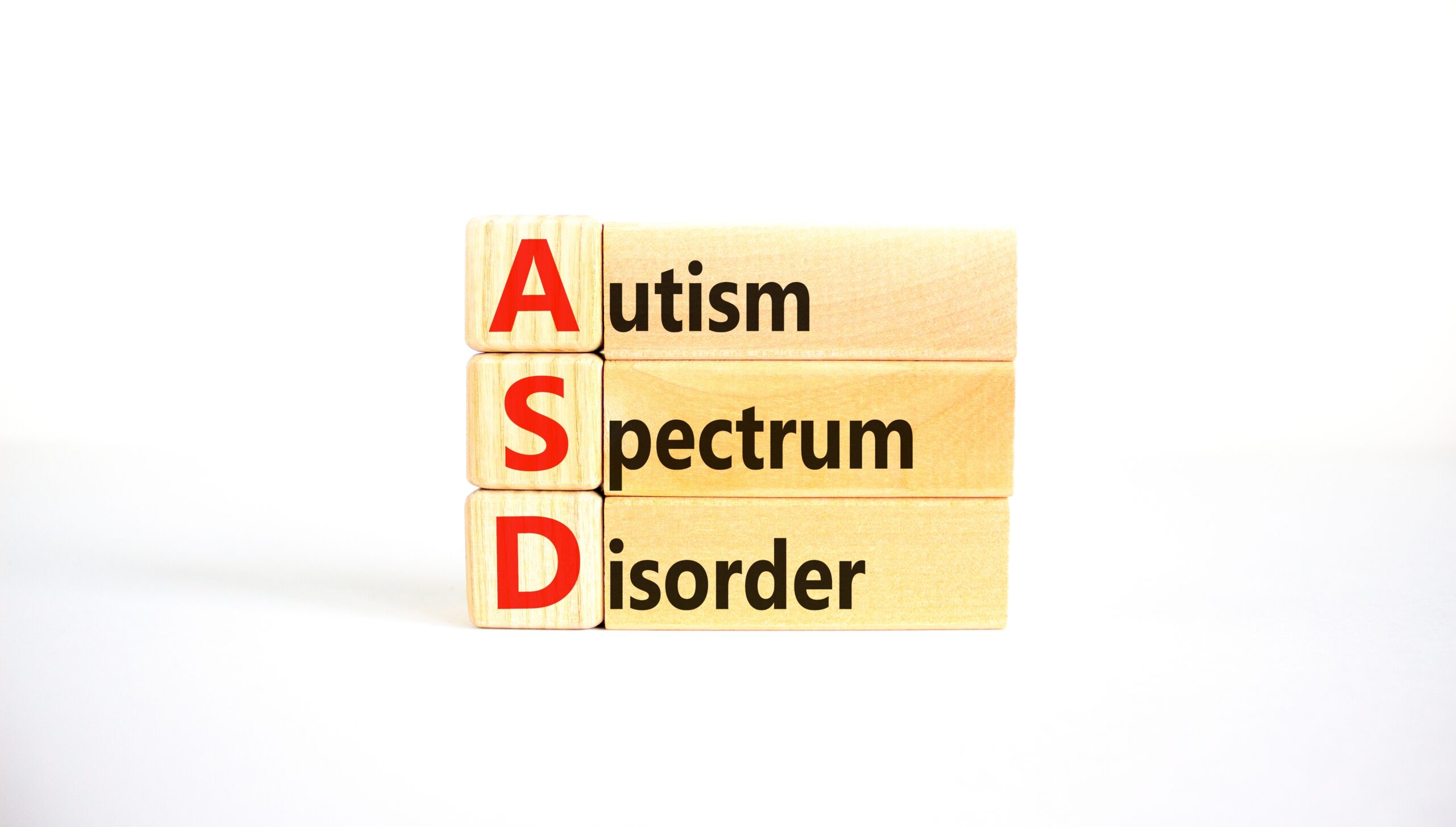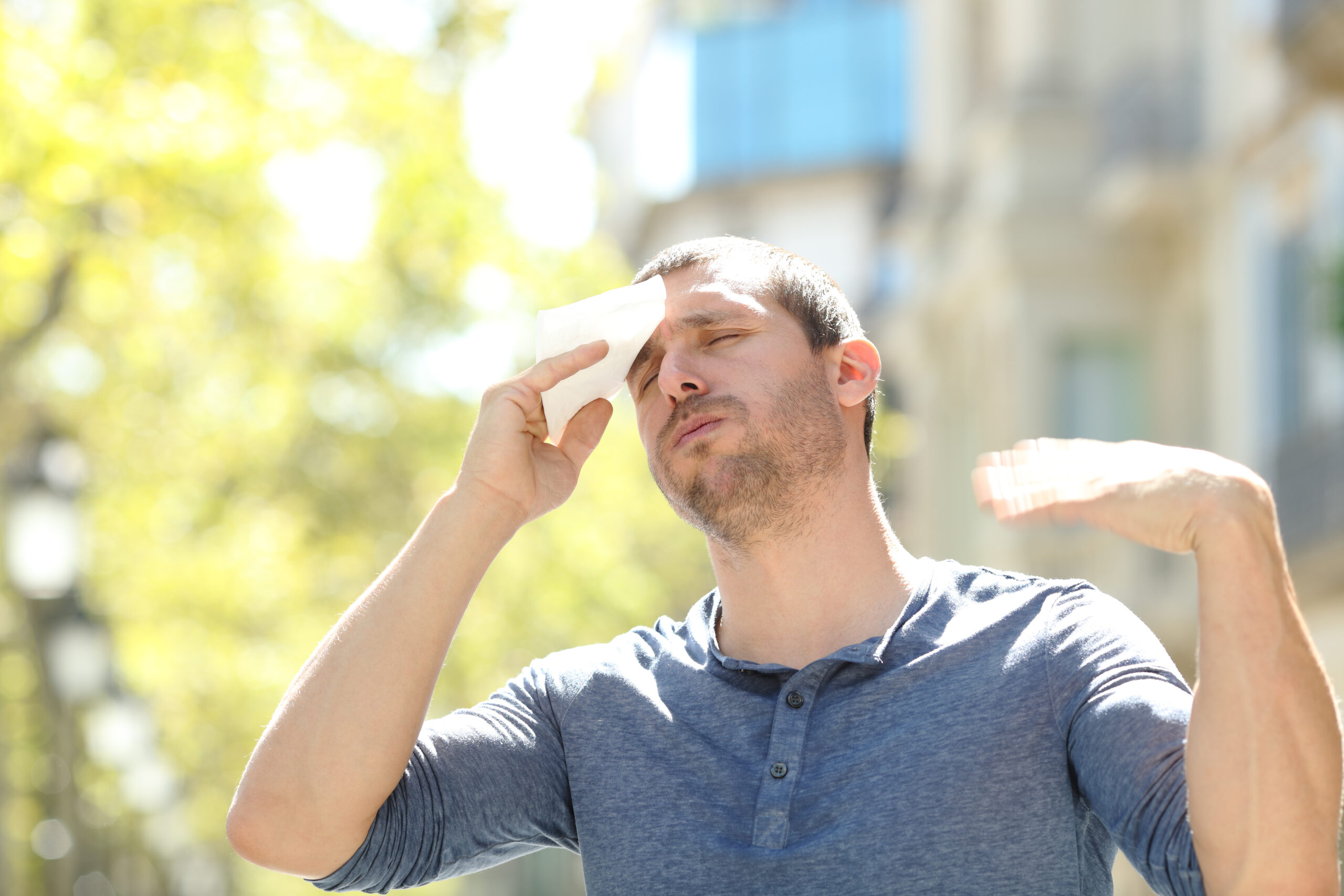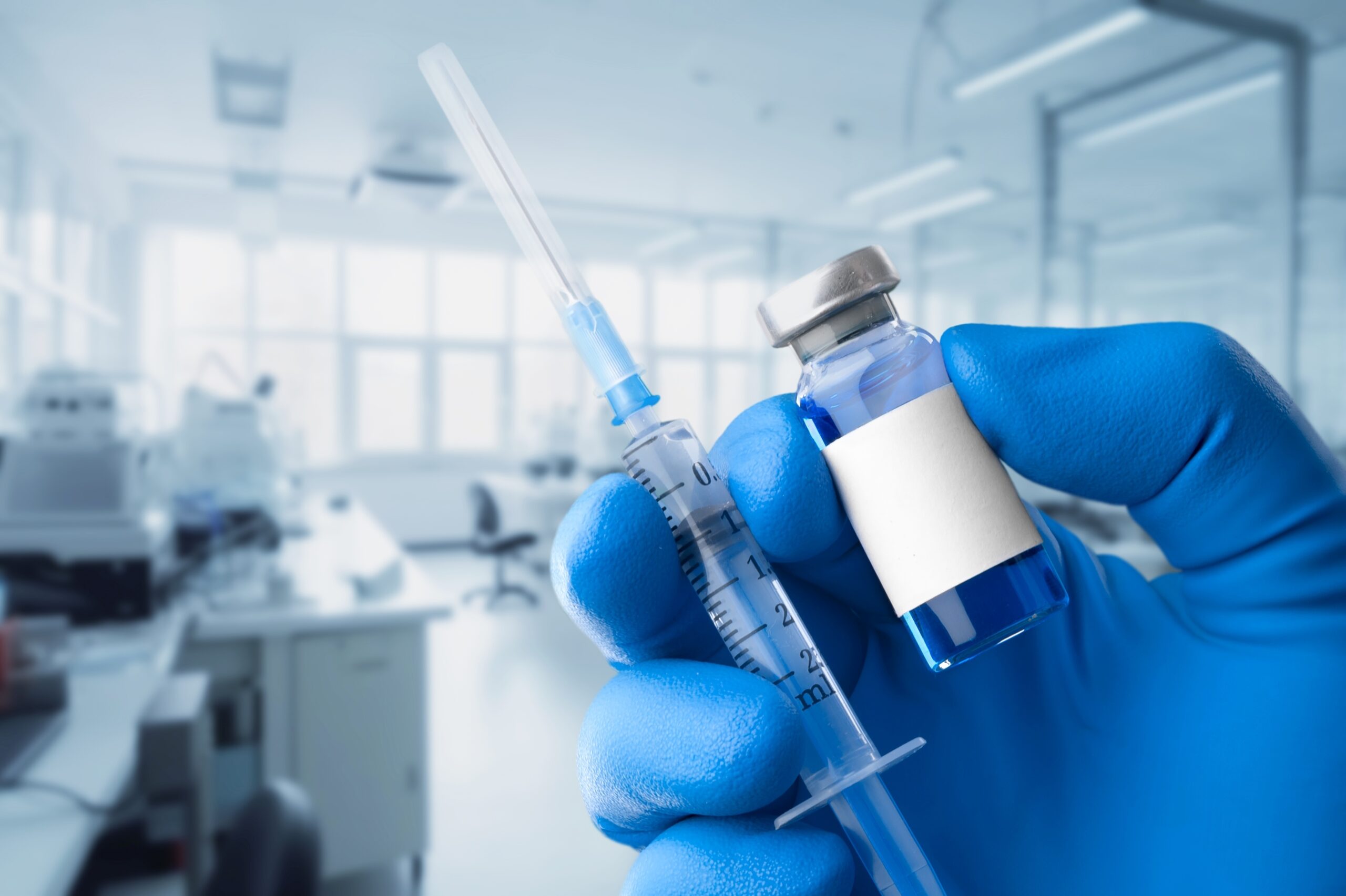The secret to reversing aging could be flowing through our veins, according to groundbreaking research on young blood’s effects on human skin cells.
Story Snapshot
- Young blood serum has been shown to reverse aging in skin cells.
- German scientists discovered a specific interaction with bone marrow cells.
- Findings offer insights into anti-aging mechanisms with vast potential.
- Accumulation of “junk proteins” in old blood may also be a factor in aging.
The Science Behind Young Blood
Recent research led by scientists from Beiersdorf AG, a skincare company in Germany, has identified a fascinating interaction between young blood serum and bone marrow cells. This discovery demonstrates the potential for young blood to reverse aging processes in human skin cells. The study illuminates how young blood components can roll back the clock on cellular aging, offering a peek into the underlying mechanisms that could inform future anti-aging treatments.
Young blood’s ability to rejuvenate skin cells marks a significant milestone in the quest to understand aging. The research suggests that certain factors in young blood interact with specific cells in a way that encourages regeneration and repair. By focusing on these interactions, scientists hope to unlock new pathways for slowing down or even reversing the aging process. This revelation could pave the way for innovative skincare solutions and broader medical applications.
The Role of Junk Proteins
Another aspect of the aging puzzle involves the accumulation of “junk proteins” in old blood. These proteins are believed to contribute to the aging process, potentially by interfering with cellular function and repair mechanisms. Research suggests that removing these proteins, for example through blood donation, might reduce their impact on aging. The interplay between young blood factors and the reduction of junk proteins highlights a dual approach to addressing age-related changes.
The combination of reducing harmful proteins and augmenting beneficial factors from young blood could present a comprehensive strategy to combat aging. As scientists continue to explore these avenues, the potential for pharmaceutical interventions becomes increasingly apparent. However, questions remain about how quickly these developments can be translated into practical treatments for the aging population.
Future Implications and Challenges
The implications of these findings extend beyond skincare. Understanding the interactions between young blood and bone marrow cells could inform broader medical research, potentially leading to breakthroughs in treating age-related diseases. The challenge lies in translating this knowledge into safe and effective therapies that can be widely accessed.
While the prospect of reversing aging is tantalizing, skepticism remains about the feasibility of such treatments becoming available in the near future. Advances in pharmaceuticals may hold promise, but the timeline for development and approval is uncertain. As research progresses, balancing optimism with realistic expectations will be crucial for those eagerly awaiting anti-aging solutions.
Sources:
Scientists Identify How Young Blood Reverses Aging in Human Skin Cells.
Accumulation of “junk proteins” in old blood that promotes aging.








